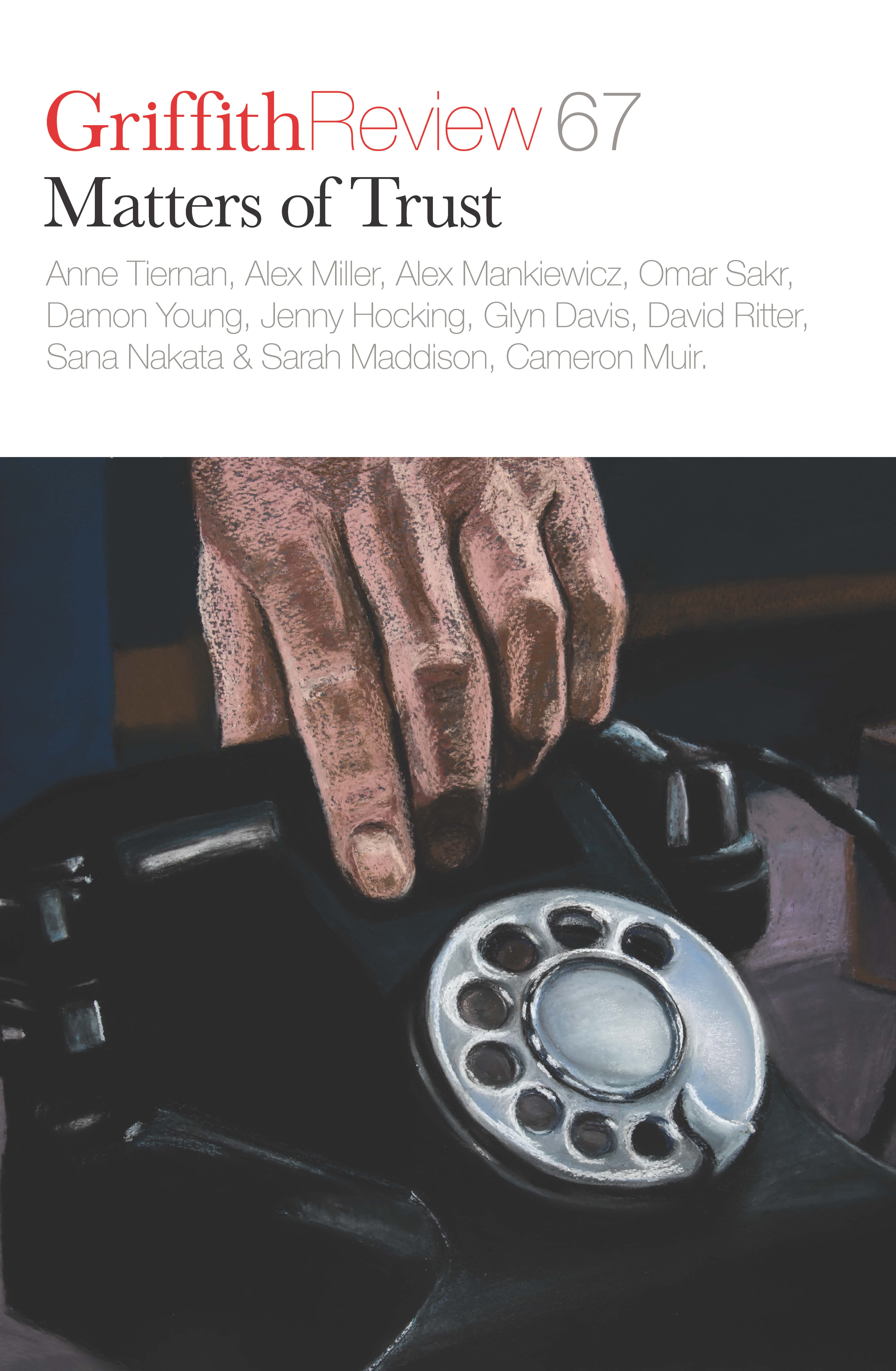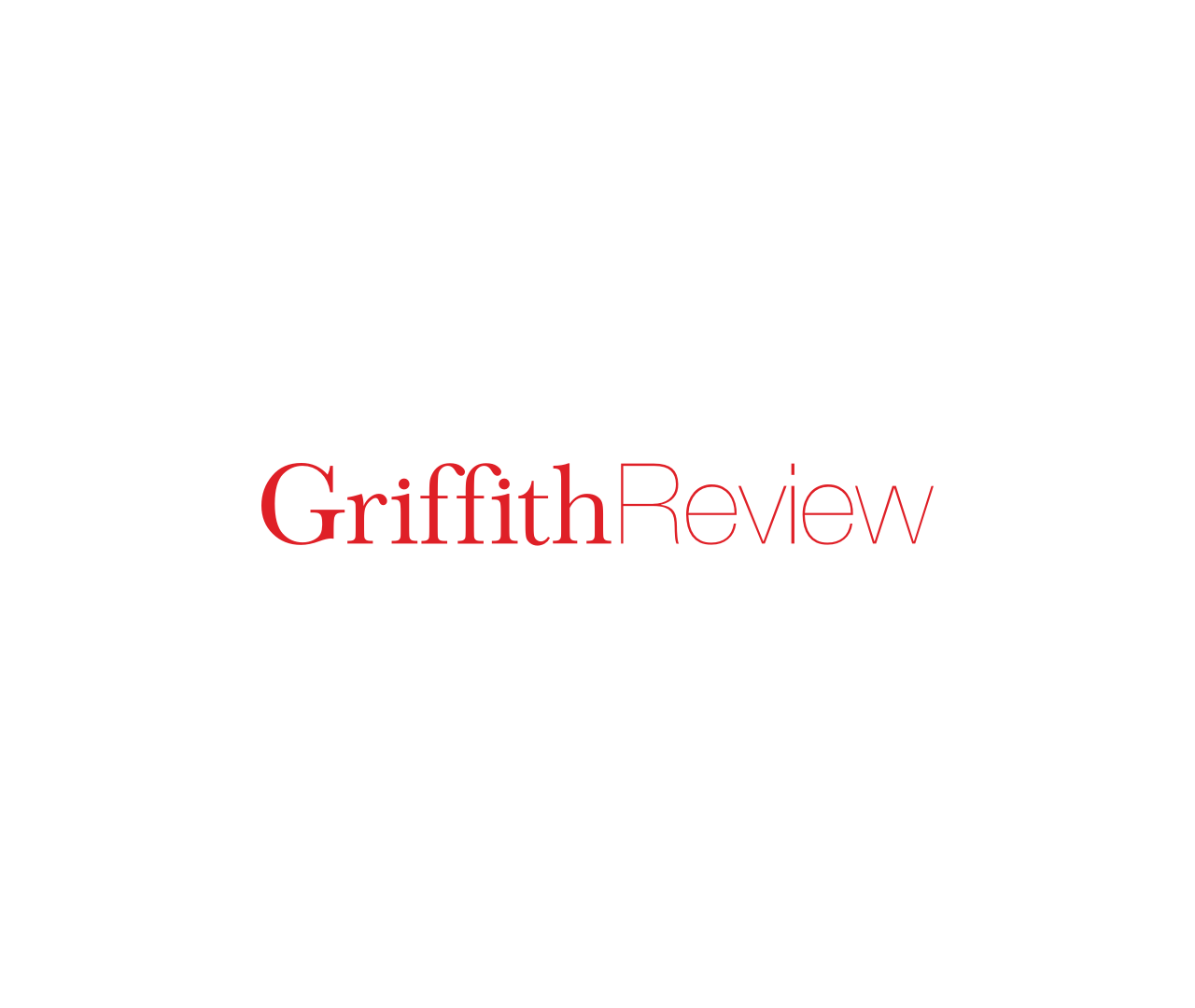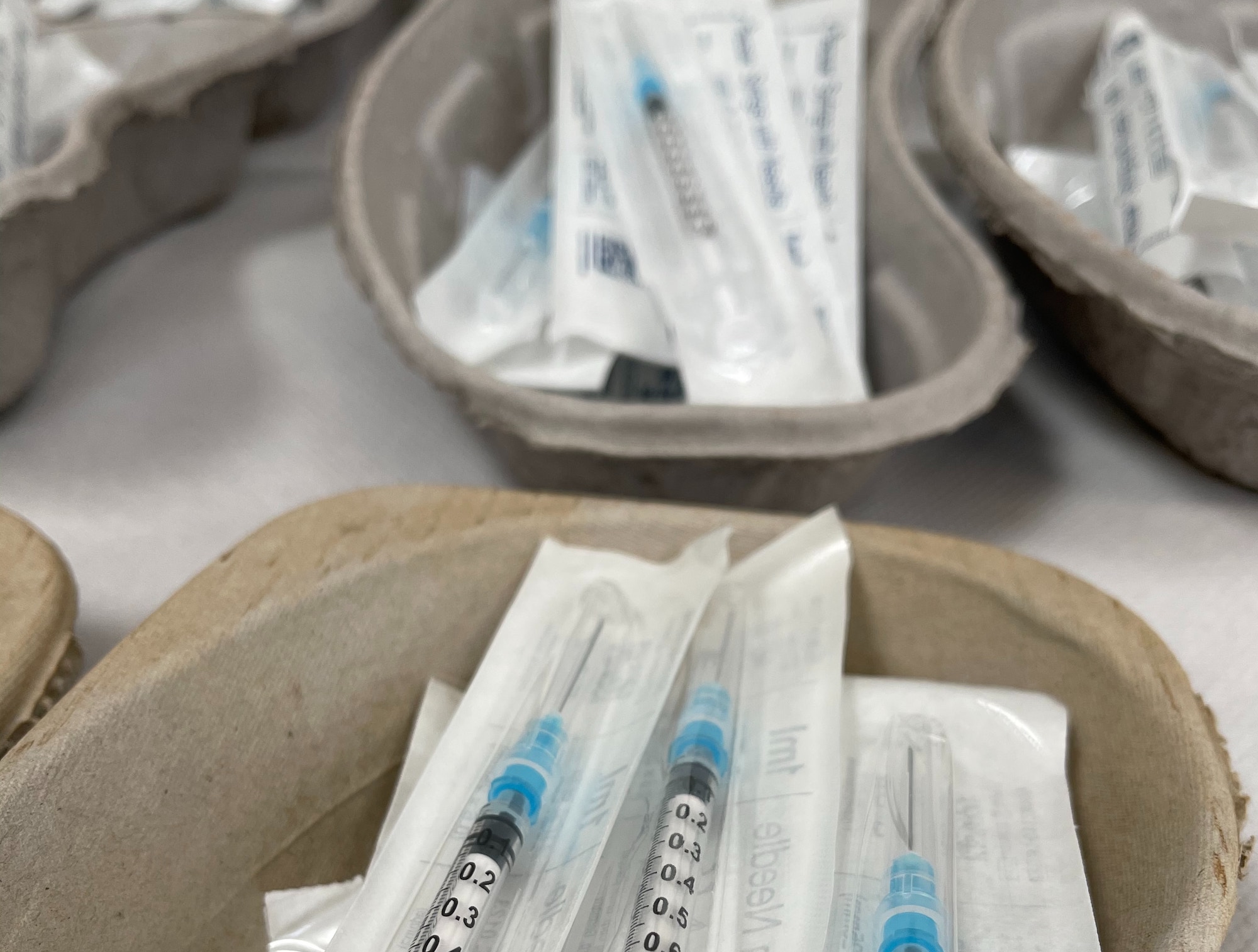Featured in

- Published 20200204
- ISBN: 9781925773804
- Extent: 264pp
- Paperback (234 x 153mm), eBook

Already a subscriber? Sign in here
If you are an educator or student wishing to access content for study purposes please contact us at griffithreview@griffith.edu.au
Share article
More from author

A woman alone
FictionDedicated to Susan-Gaye Anderson THERE’S NO POINT making it up. An eminent Australian historian, a woman, once said of an equally eminent Australian novelist, a...
More from this edition

On being sane in insane places
MemoirI’VE BEEN THINKING about how my body inhabits place and how it changes – fluctuating between comfort and pain – depending on the state of my...

A great experiment
EssayIT’S EASY TO get lost in the disruption: our obsession with technology and how to regulate it; minimise our dependence; manage our kids’ screen...

Weaponising privilege
ReportageEven then, ‘the strip’ was a parody of itself. But the Cross was still an idea, a state of mind. It was a place of organised crime, corrupt police, exploitation, inequality and violence – but it was also a place to find likeminded people, to escape judgment. Which is what makes the story of reform here so extraordinary – vulnerable people who gathered together to seek acceptance ended up working together for survival, liberation and change. Harm minimisation was shaped by a crisis that ultimately engendered credibility and resolve. From those beginnings, it continues to grow.